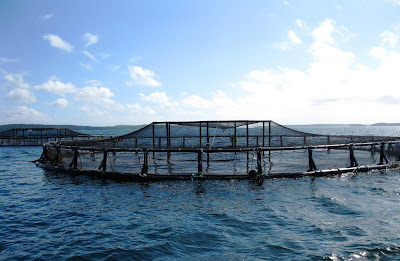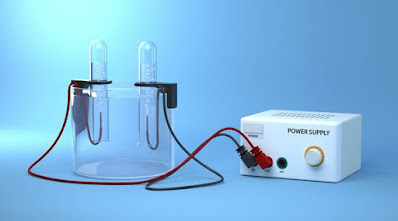How to Farm a Better Fish
In a dark, dank storage facility in the Blue Ridge foothills of Virginia, Expense Martin choices up a container of brownish pellets and slings them right into a lengthy concrete storage container. Fat, white tilapia the dimension of supper layers steam to the surface area. Martin, head of state of Blue Ridge Aquaculture, among the world's biggest interior fish ranches, smiles at the feeding craze.
This is St. Peter's fish, the fish Jesus fed the wide ranges," he states, his raspy articulate resonating such as a preacher's. Unlike Jesus, nevertheless, Martin doesn't provide his fish away. Every day he offers 12,000 extra pounds of online tilapia to Oriental markets from Washington, Decoration.C., to Toronto, and he's preparation one more ranch on the West Coastline. "My design is the chicken market," he states. "The distinction is, our fish are completely pleased."
"Exactly just how are you aware they're pleased?" I ask, keeping in mind that the floor covering of tilapia in the storage container appearances thick sufficient for St. Peter to stroll on.
"Typically they reveal they're not pleased by passing away," Martin states. "I have not shed a storage tank of fish yet." Mengenal Permainan Judi Sabung Ayam Online
A commercial park in Appalachia might appear a strange location to expand a couple of million natives of the Nile. However industrial-scale fish ranches are appearing all over nowadays. Aquaculture has broadened regarding 14-fold because 1980. In 2012 its worldwide outcome, from silvery salmon to comfortable sea cucumbers just a Chinese prepare might like, got to greater than 70 million tons—exceeding beef manufacturing plainly for the very first time and totaling up to almost fifty percent of all fish and shellfish taken in on Planet. Populace development, earnings development, and seafood's heart-healthy credibility are anticipated to own up need by 35 percent or much a lot extra in simply the following twenty years. With the worldwide capture of wild fish stagnant, professionals state practically all that brand-new fish and shellfish will need to be farmed.
"There's no chance we are getting all the healthy protein we require from wild fish," states Rosamond Naylor, a food-policy professional at Stanford College that has investigated aquaculture systems. "However individuals are really cautious that we're mosting likely to produce one more feedlot market in the sea. So they desire it to be best from the beginning."
There ready needs to beware.
The brand-new "blue transformation," which has provided inexpensive, vacuum-packed shrimp, salmon, and tilapia to grocery store freezers, has brought with it a lot of the warts of farming ashore: environment damage, sprinkle contamination, and food-safety frightens. Throughout the 1980s large swaths of exotic mangroves were bulldozed to develop ranches that currently create a large part of the world's shrimp. Aquacultural pollution—a putrid mixed drink of nitrogen, phosphorus, and dead fish—is currently an extensive risk in Australia or europe, where 90 percent of farmed fish lie. To maintain fish to life in largely equipped pens, some Oriental farmers hotel to prescription anti-biotics and chemicals that are prohibited for utilize in the Unified Specifies, Europe, and Japan. The U.S. currently imports 90 percent of its seafood—around 2 percent which is examined by the Food and Medication Management. In 2006 and 2007 the FDA found various prohibited compounds, consisting of understood or thought health hazards, in aquaculture shipments from Australia or europe.



